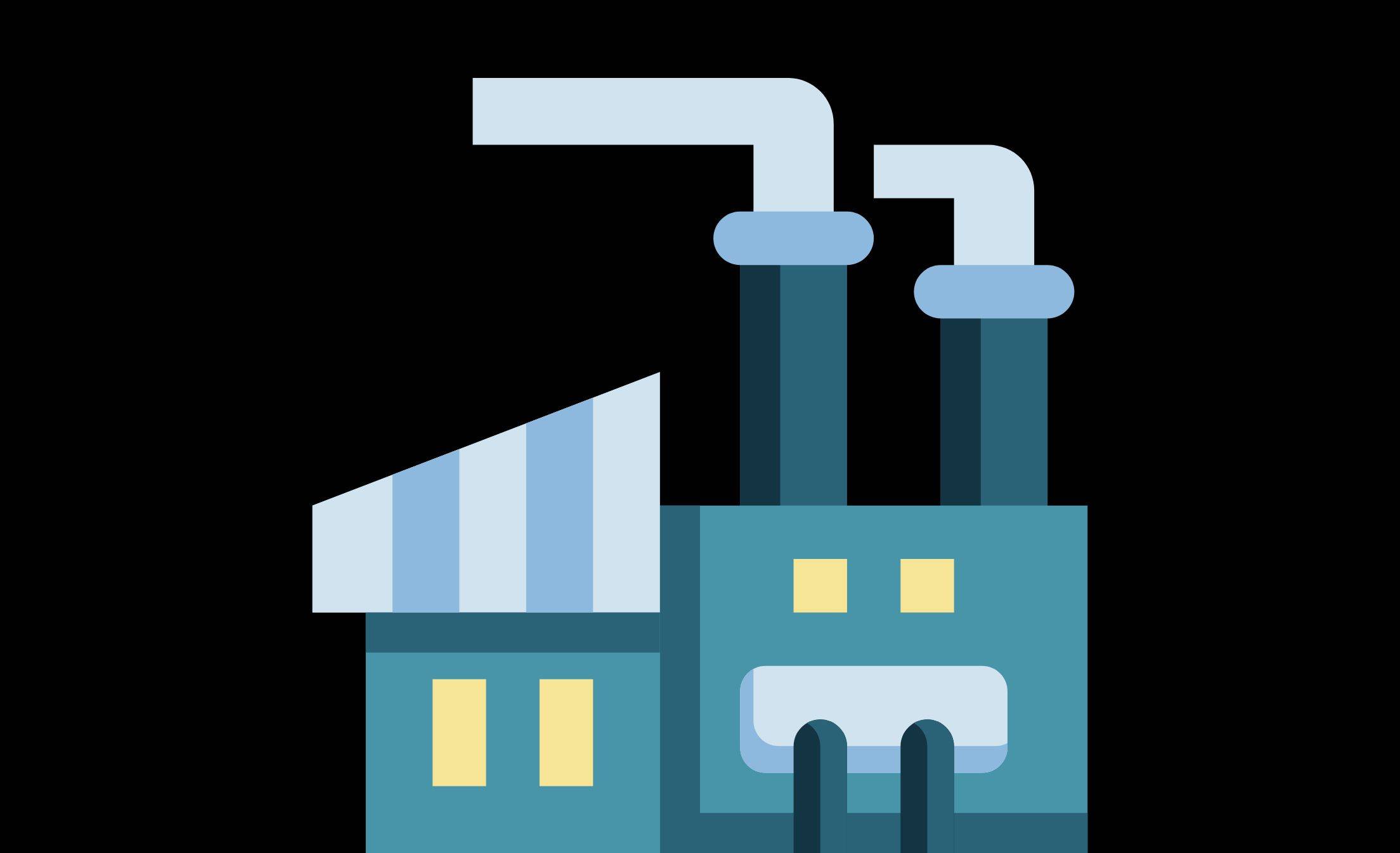Industrial safety is paramount and every stakeholder, including employees, the management, regulators, and the general public appreciates its significance. Part of this critical aspect involves physical barriers that protect people and resources from harm, with industrial safety fences taking a chief role in this conversation. This guide will provide an in-depth understanding of industrial safety fences, their functions, types, installation process, maintenance, and more. Through this comprehensive piece, readers will gain knowledge that will be useful guaranteeing safety compliance in their respective industrial environments.
Understanding Industrial Safety Fences
An industrial safety fence is a protective barrier installed in workplaces to enhance safety. They serve critical functions such as controlling movement, keeping hazardous substances or machines out of reach, protecting employees from potential risks, and enhancing the successful navigation of workspaces.

Common places where you will likely find these fences are construction sites, manufacturing plants, warehouses, and any other environment where human safety is a concern. Just as industrial settings vary, so do the types of safety fences. Some prevalent varieties include wire partitions, warehouse safety fences, construction fencing, and security fences, among others. Each type caters to different needs and scenarios, making it crucial to understand your requirements before installation.
The Crucial Role Of Industrial Safety Fences
The importance of industrial safety fences can never be overstated. They are paramount in ensuring the safety and security of the workplace and the people operating within it. One significant benefit of these barriers is that they reduce the risk of accidents and injuries in the workspace by restricting access to dangerous areas or equipment.
Safety fences also play a preventive role as they deter unwarranted intrusions, vandalism, and theft, thus promoting overall security. Moreover, their installation helps entities stay compliant with local or industry-specific regulations, which can also save organizations from hefty fines or legal tussles due to safety breaches. Therefore, safety fences are more of a necessity than an option in the industrial realm.
Key Considerations Before Installing An Industrial Safety Fence
When considering the installation of an industrial safety fence, several factors should guide this process. One primary factor is the site’s size, which determines the type and size of fence you will need. The type of threat that you need to manage also influences the fence selection. Some worksites may be dealing with more hazardous elements than others, requiring sturdy and tamper-proof fences.
Local regulations also come into play as there might be legal requirements regarding fence installation and maintenance. Additionally, the durability and maintenance requirements of the fence are important concerns as they affect the life cycle cost of a fencing solution. Hence, it’s essential to make thoroughly informed decisions before proceeding with the installation.
Step-By-Step Guide To Installing Industrial Safety Fences
The installation of an industrial safety fence is generally a straightforward process if adequately planned. After identifying the appropriate fence for your worksite, gather the necessary tools and materials required for the job. These may include but are not limited to post-hole diggers, fence posts, post mix, spacers, panels and safety gear.
Once equipped, map out and measure the area where the fence will be erected, and observe safety precautions. Dig holes for the fence posts, then place and secure your posts with the help of the post mix. Fix the panels onto the secure posts using spacers. A common mistake during this process is misalignment of posts or failure to secure the posts well, which may compromise the fence’s sturdiness.
Tips To Improve The Longevity Of Your Industrial Safety Fence
To ensure your industrial safety fence remains efficient over time, routine checks and maintenance are mandatory. Inspect the fence regularly for signs of wear and tear and do timely replacements or repairs. Also, keep the fence clean and free from debris as it can cause damage.
While durable fences last longer, applying rust-proof coating to metal fences or using rot-resistant wood can significantly lengthen the fence’s lifespan. Remember, a well-maintained fence not only secures your premises but could also provide peace of mind for employees and visitors.
Outsourcing Installation To Professionals
While in-house fence installation is feasible, there are times when outsourcing the work to professionals is beneficial. Expert contractors offer skilled and efficient service thanks to years of experience installing different types of fences. Hiring professionals also eliminates the risk of incorrect installations which could compromise the fence’s integrity. Besides, professionals ensure that local regulations and security standards are met. Therefore, outsourcing might require an initial investment, but it will pay off in terms of safety assurance and longevity.
Conclusion
Industrial safety fence is integral parts of occupational safety measures. This guide aimed to provide comprehensive understanding of these significant barriers, their importance, installation process and maintenance. A well-installed and maintained industrial safety fence can significantly reduce accidents and intrusions, thus contributing to a safer and more productive industrial environment.
Zac Ferry is a good experience writer, blogger, and social media promoter by providing valuable information which helps readers to get more ideas.


